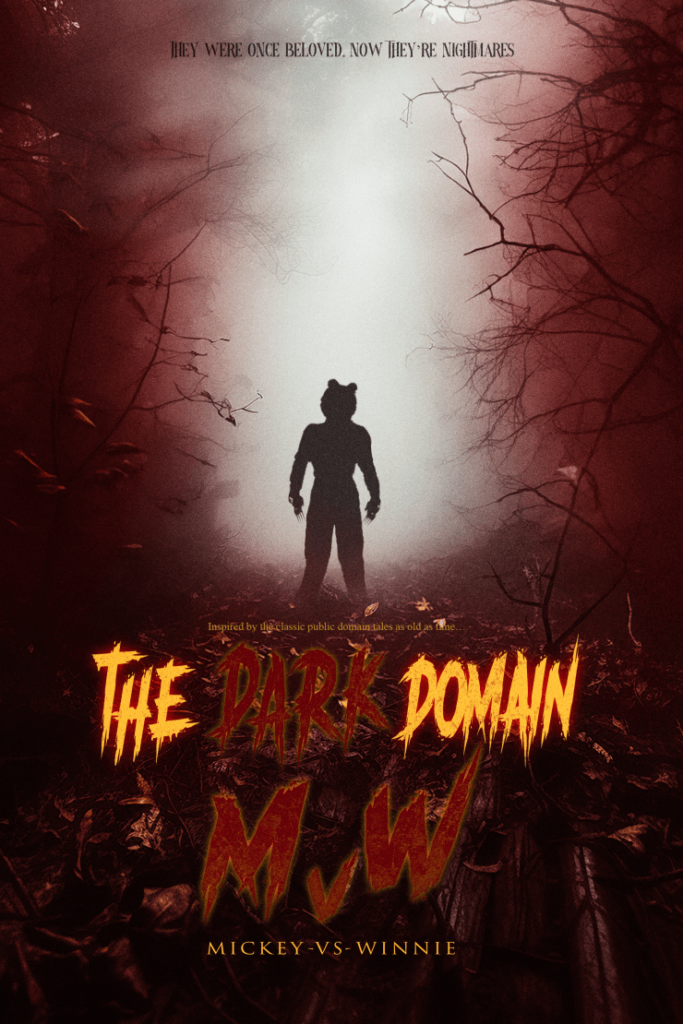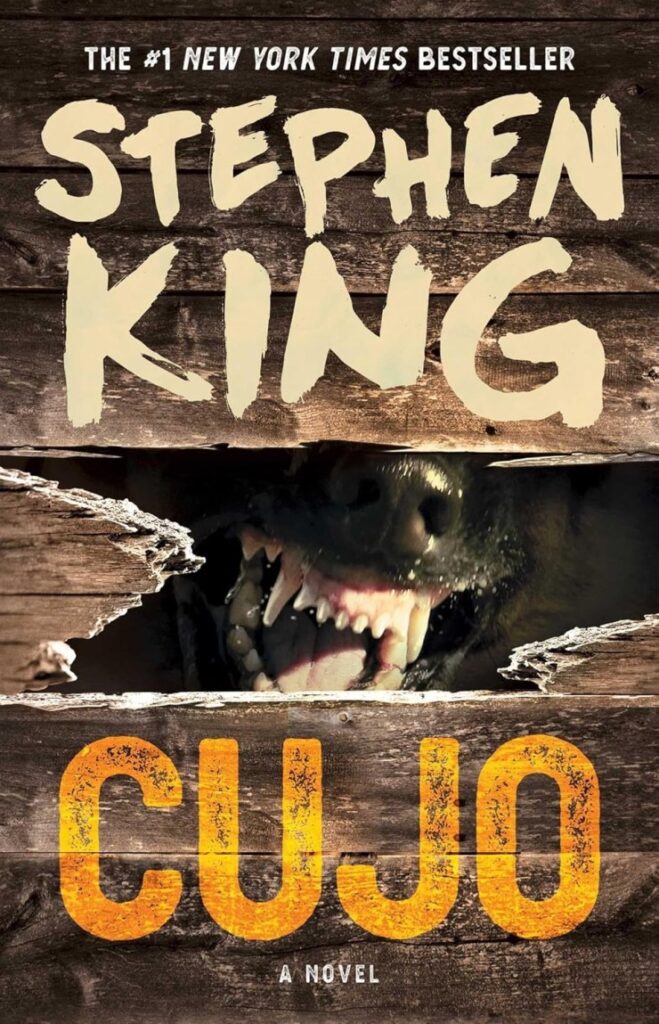When Gary Brandner finally cast the monster from his mind, and then onto paper, he gave it a familiar form. By that time, werewolves weren’t uncommon to see in Brandner’s industry, however, the late fiction author wanted to break the monotony. So rather than having a single werewolf pop up in a small town, 1977’s The Howling featured a whole community of werewolves. This small twist on the growing genre helped make Brandner’s first horror novel a success as well as attract the attention of Hollywood. Now, sure enough, creative license is part of the deal in these page-to-screen adaptations, yet Joe Dante’s ‘81 rendering is so distinct from its basis that it’s practically a different beast.
The Howling is a far cry from 1933’s The Werewolf of Paris, the Guy Endore-penned novel that many consider to be the Dracula of werewolf literature. Brandner’s book is horror pulp through and through. Even still, The Howling helped kick off a new spate of werewolf fiction; not long after Brandner enthralled readers with his tale of hirsute horrors, authors like Whitley Strieber (The Wolfen) and Thomas Tessier (The Nightwalker) unleashed their own particular spins on lycanthropy.
The differences between the novel and film are detected early on as Piranha and Alligator scribe John Sayles overhauled the very reason why The Howling’s protagonist ventured into werewolf territory in the first place. In Brandner’s opening, Karyn Beatty is not only raped in her own Los Angeles apartment, her attacker, an intruding handyman named Max Quist, caused her to miscarry. Meanwhile, in Dante’s version, Dee Wallace’s Karen White is a well-recognized L.A. TV reporter who, unlike that homemaker whose domestic sanctuary and body were violated at random, arranged her brush with death. That encounter with serial killer Eddie Quist (Robert Picardo), the work of a police sting, was both nail-biting and life-altering.

Image: Gary Brandner’s novel The Howling.
Karen wasn’t assaulted in the same way as her literary counterpart, but she still developed a case of PTSD after her perilous rendezvous with Eddie Quist. There in a shadowy backroom at one of the city’s many seedy porn shops, Karen was subjected to a bona fide snuff film. The images of sexual violence seared into her psyche as much as that visceral werewolf transformation shown later. This seasoned reporter had witnessed a fair share of death in her line of work, yet that reel of humanity at its most depraved and evil, along with the strong possibility of dying herself, was the last straw. And unlike most people, Karen’s breakdown was in public, not private — on live television and for the world to see, Karen showed everyone just how much she was struggling.
In Brandner’s novel, the characters’ hairy destination was Drago, an isolated mountain backwater in Northern California. Werewolves indeed lived there, but unlike The Colony in Sayles’ script and Dante’s film, the monsters of Drago weren’t actively conducting a grand conspiracy. They also didn’t give off a cult vibe, despite Brandner proposing these werewolves were servants of the Devil. No, their neck of the woods just happened to be so obscure that general society was fine without ever knowing about Drago, much less wanting to visit. As for The Colony, this rural resort came at the recommendation of Karen’s therapist, Dr. Waggner (Patrick Macnee). That suggestion for Karen’s sabbatical is as precise as it is ominous. The Colony, as it turned out, was covering its tracks, whereas Karyn and her husband Roy simply picked the worst possible place to rest and recuperate.
Dante and Sayles didn’t entirely throw away Brandner’s blueprint, however, they did make plenty of changes, including an ending not found in the text. Beginning with the cast, Karen and her husband Bill (Christopher Stone) were eventually joined by Karen’s work colleagues, Chris (Dennis Dugan) and Terri (Belinda Balaski), to whom the film passed off the investigation scenes so that Wallace’s Karen could remain in the dark about The Colony’s secret. This Chris doesn’t thoroughly resemble his novel form, but he did retain the heroic sensibility that made him come to Karen’s rescue in the end. Terri, much to the delight of werewolf fans everywhere, went out in terrifying fashion; she lost a long and tense battle with her shaggy stalker. Terri is, essentially, a reimagining of Karyn’s confidante in the book, a former Carmelite nun named Inez who taught in the next town over. As for Dr. Waggner, he’s a more villainous reworking of Dr. Volkmann, Drago’s one and only doctor, and Karyn’s friend until the fur started to fly.

Image: Dee Wallace and Christopher Stone in The Howling.
In something of an understatement, Brandner’s novel is notable for its sexual element. It was on brand for a ‘70s horror paperback to be graphic and verbose in its descriptions of sex. And Brandner’s enthusiasm was most obvious whenever it came time for Karyn’s hubby to get down and dirty with local Drago shopkeeper Marcia Lura (Marsha Quist in the film). Their romps in the woods eat up a good few pages and include lurid lines like “no orifice of the body went unexplored” and “his erection thrust forward like a lance.” Dante’s film kept the tryst intact, yet it lacks the erotic abandon in the source material. With the emphasis on overt dread and humor, and the design and execution of the werewolves themselves, Bill’s liaison with Marsha feels overshadowed. Nevertheless, Brandner was quite taken with Elisabeth Brooks’ casting as the lusty Miss Quist and, as expected, he approved of that cinematic coitus.
In the time leading up to The Howling’s original release, horror hounds were foaming at the mouth after hearing Dante’s film housed a complete and uninterrupted werewolf transformation. Rumor had it, according to Fangoria, that the man-to-werewolf sequence was done “totally on screen, and with no fades, cuts, dissolves or opticals.” As Howling lovers now know, there were, in fact, cuts in Eddie Quist’s metamorphosis, but the set piece is no less impressive for both the times and now. That’s one area where the novel pales in comparison. Brandner, at least for the first two entries in his trilogy, described the werewolves as actual wolves, albeit larger-than-usual ones, before ultimately switching over to the creatures’ hybrid look from the film side. It’s understandable that Dante’s focus on the monsters’ special effects and carnage, courtesy of makeup wiz Rob Bottin, gives him the edge over Brandner, whose account of his own werewolves aren’t even fantastical in appearance.
A good deal of Brandner’s novel was either altered or omitted in the ’81 film, however, Howling IV: The Original Nightmare (1988) is a surprisingly more faithful adaptation. Sad to say, this straight-to-video and standalone story is marred by a glut of shortcomings; from acting to production values, this South Africa-shot entry is exceptionally poor in most respects. Even a decent and detailed but also sorely underused werewolf suit can’t make up for everything else.
Brandner’s The Howling was the ideal starting material for a horror film — and, perhaps in a different timeline, franchise — and Joe Dante, John Sayles, and everyone else involved in this werewolf classic worked wonders with their relatively more straightforward inspiration. They proved just how much the terror and intrigue of werewolves are often better experienced on screen than on paper.

Image: Confronting evil in The Howling.
The post ‘The Howling’ – Revisiting the Novel That Inspired Joe Dante’s 1981 Werewolf Movie appeared first on Bloody Disgusting!.


